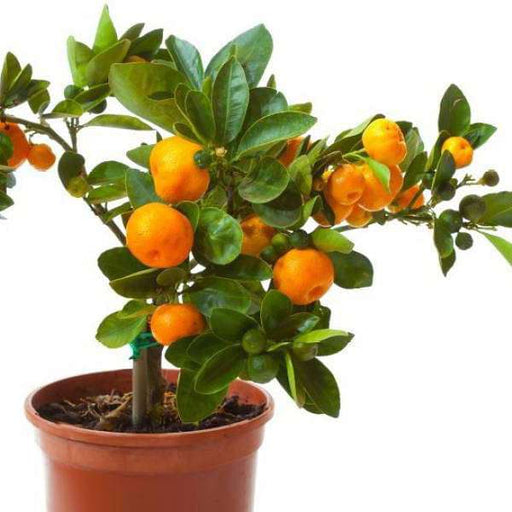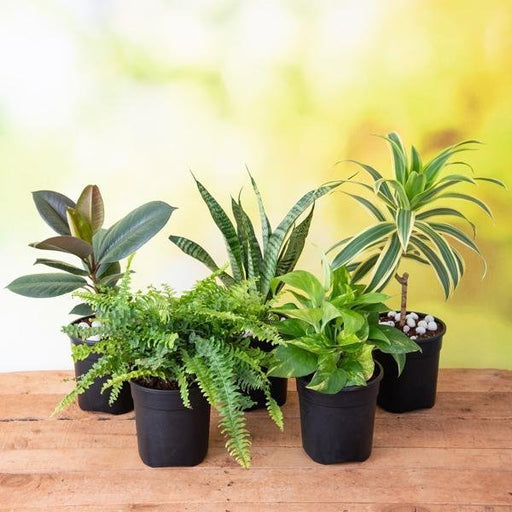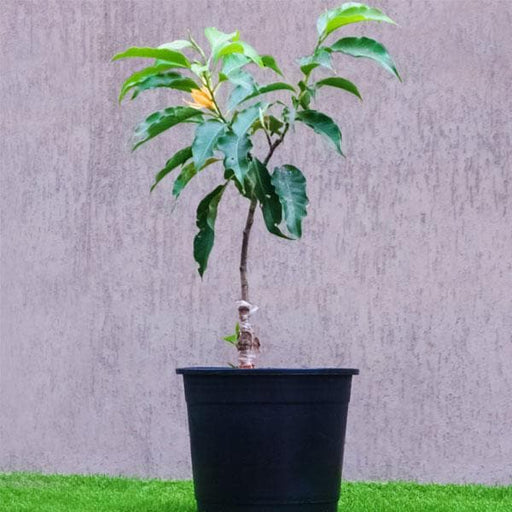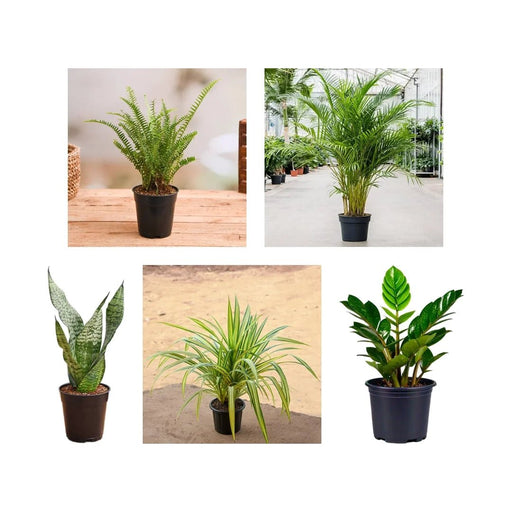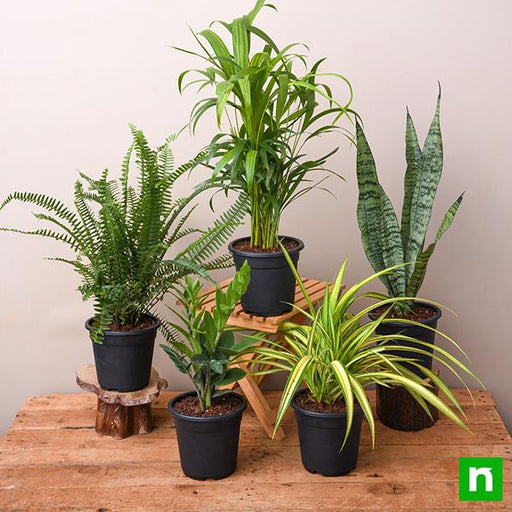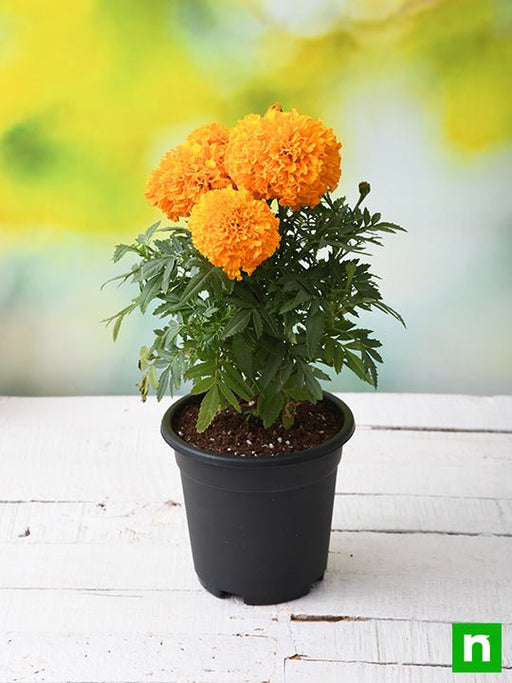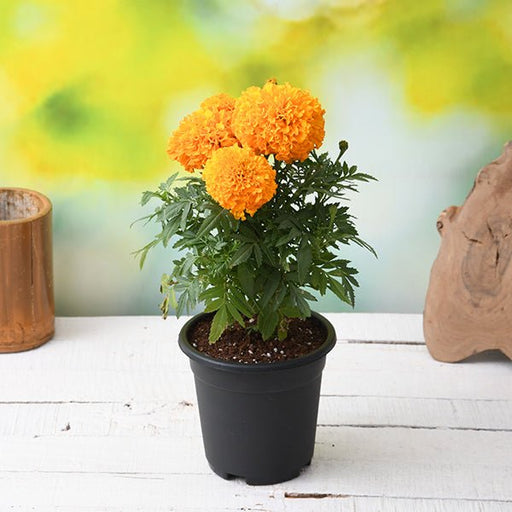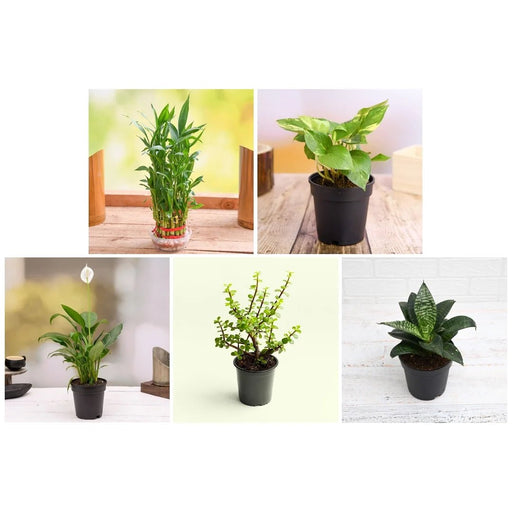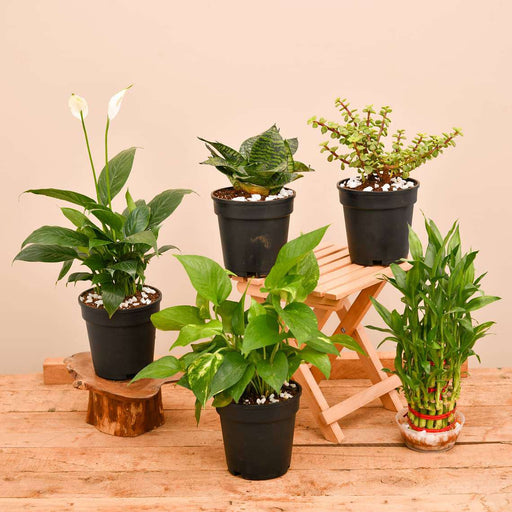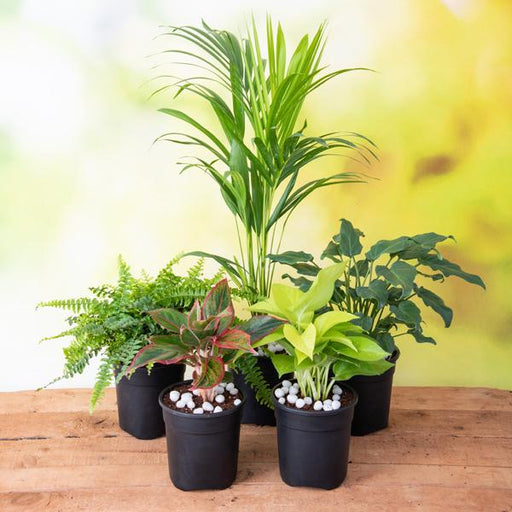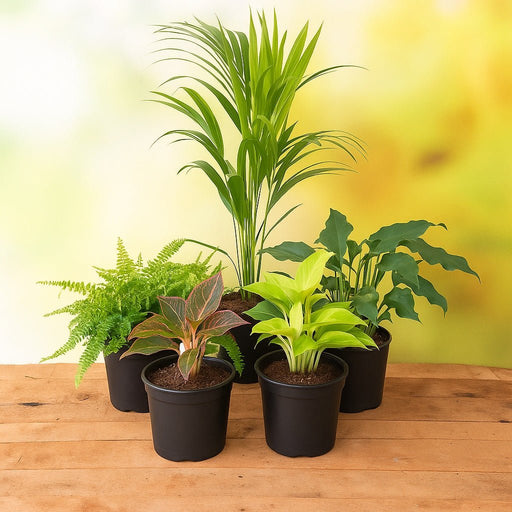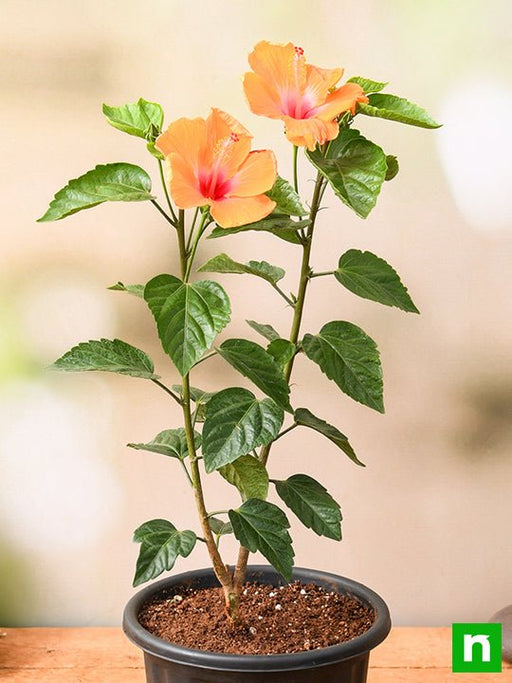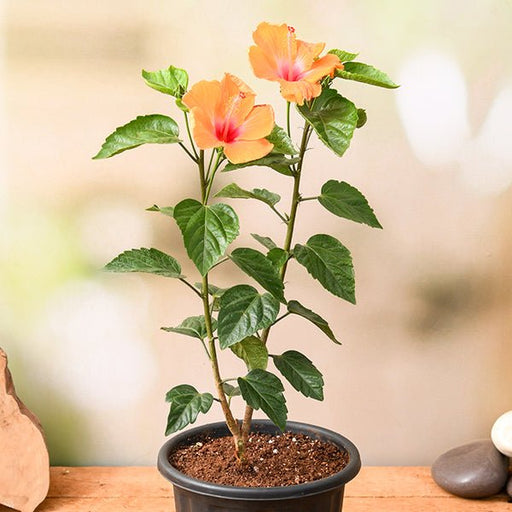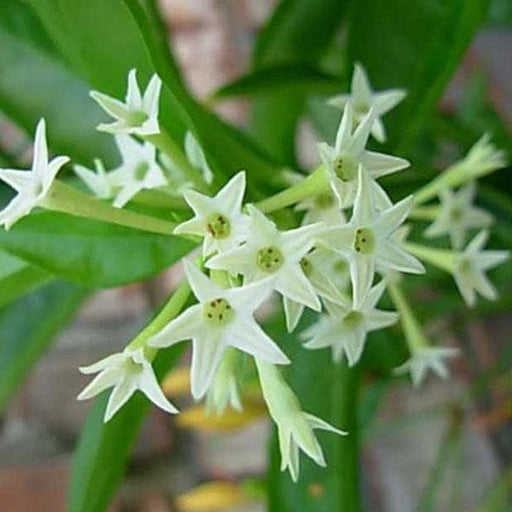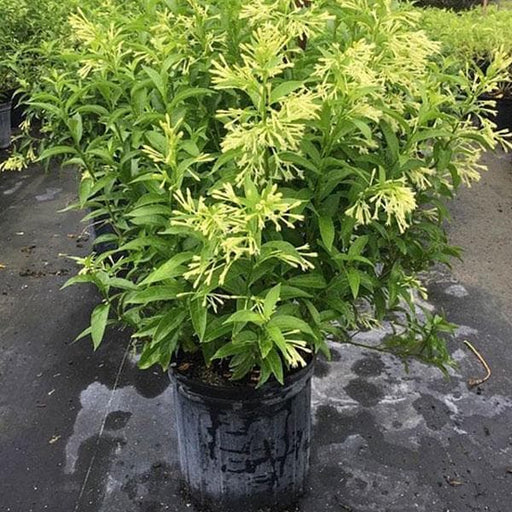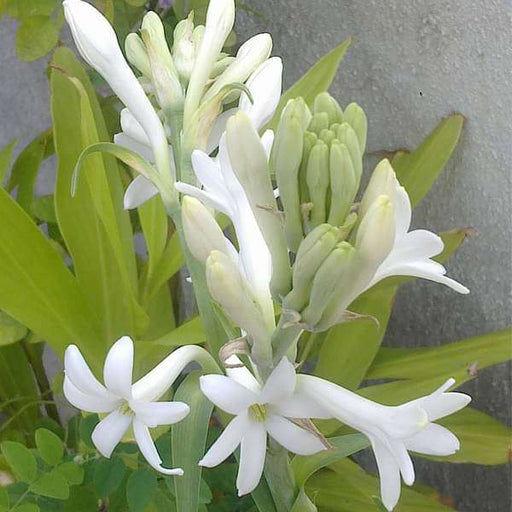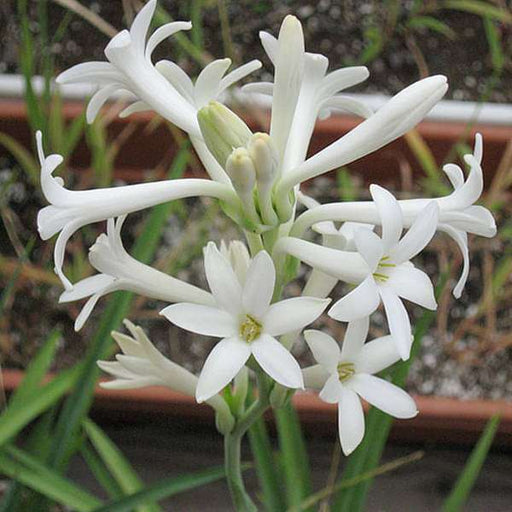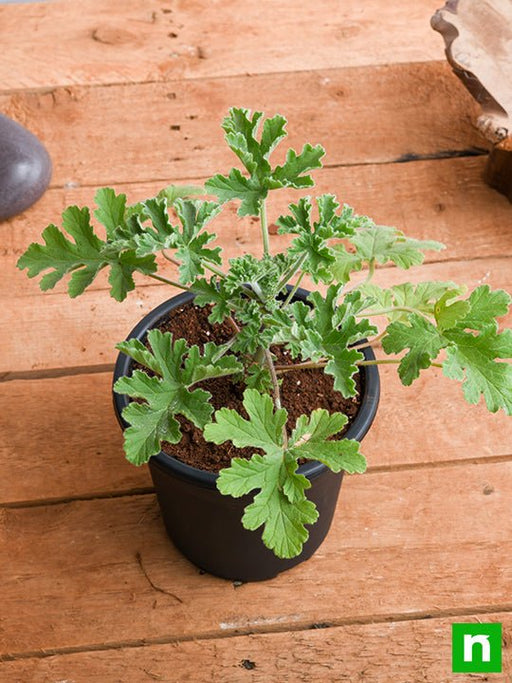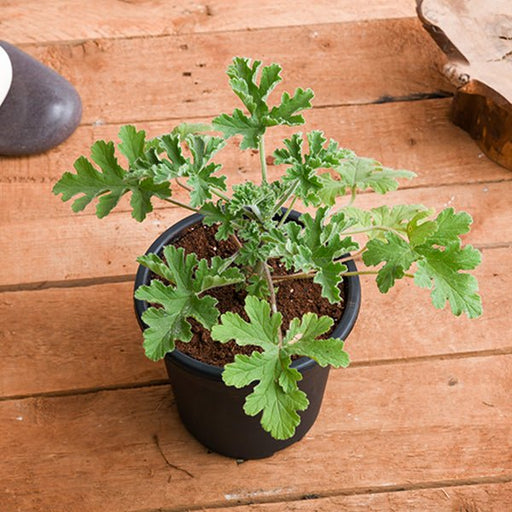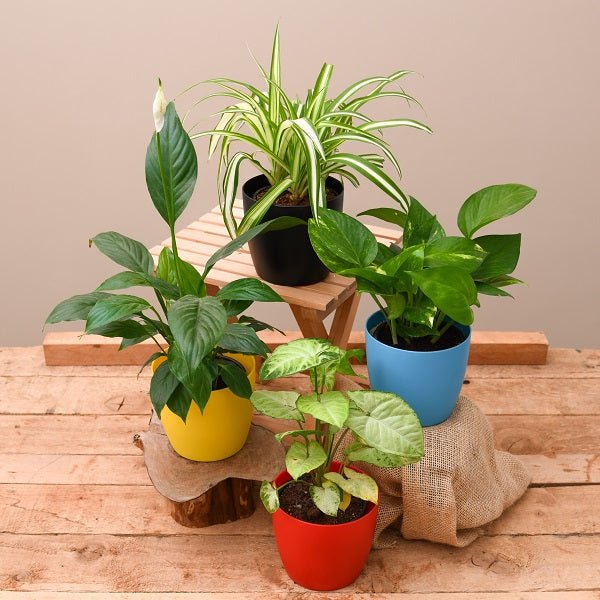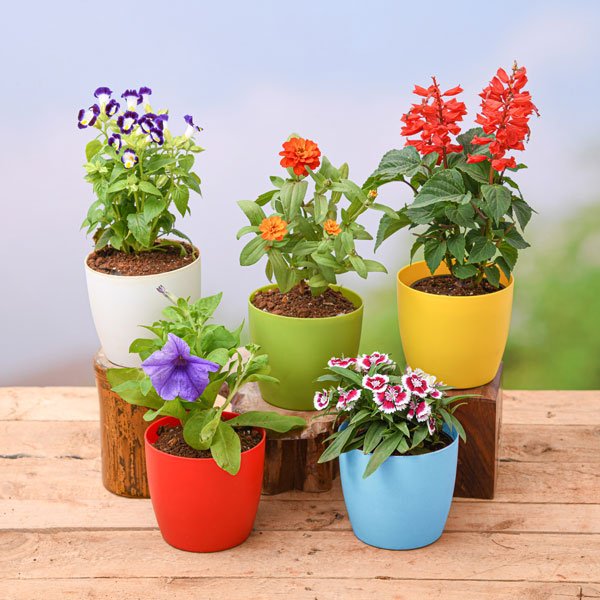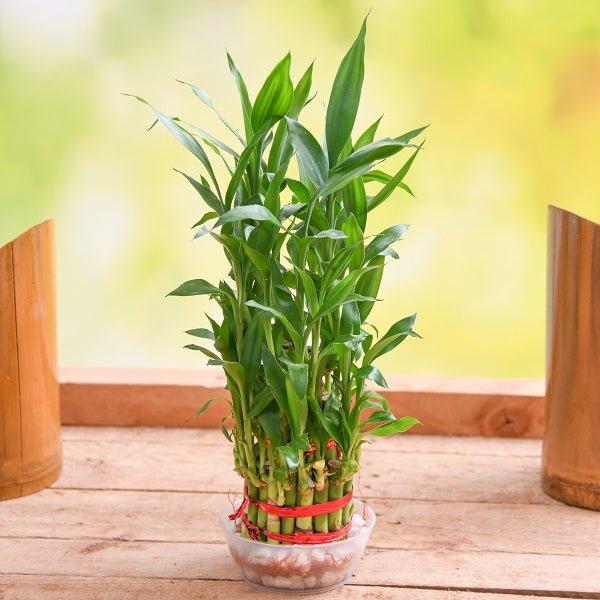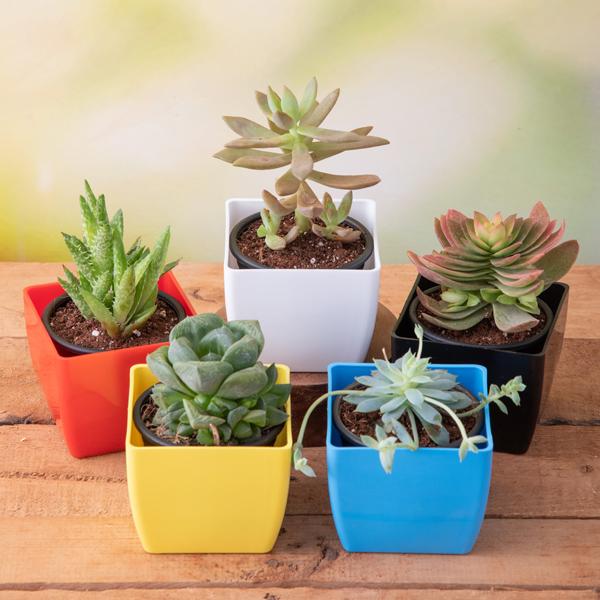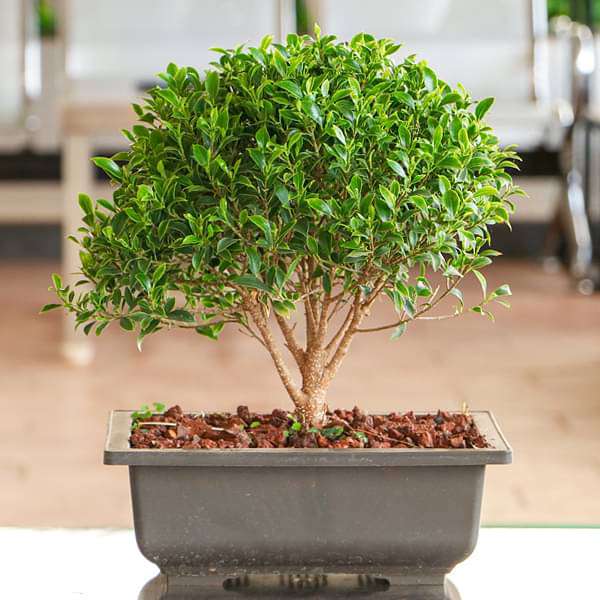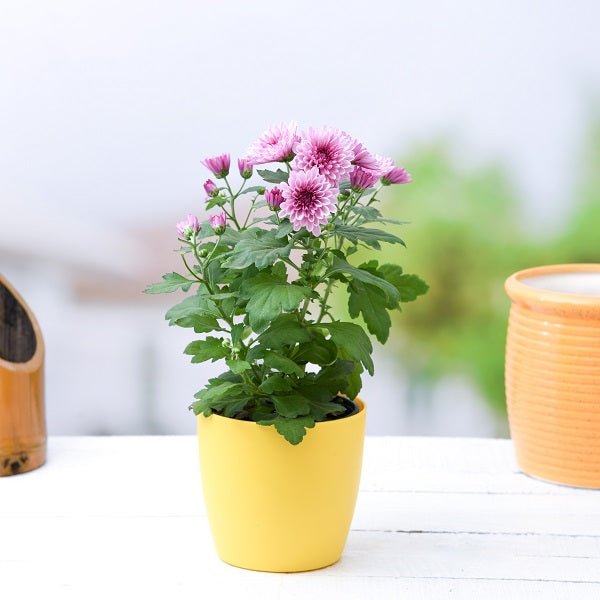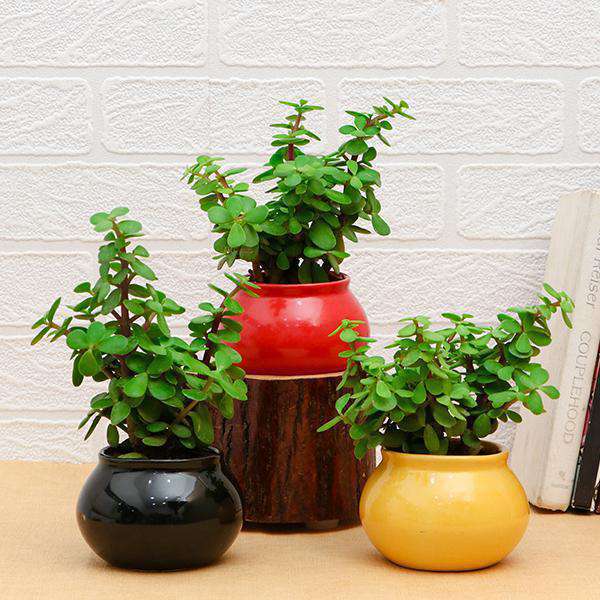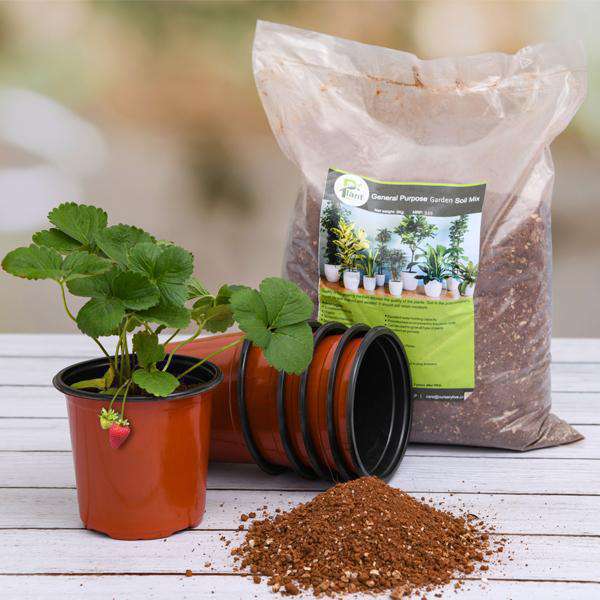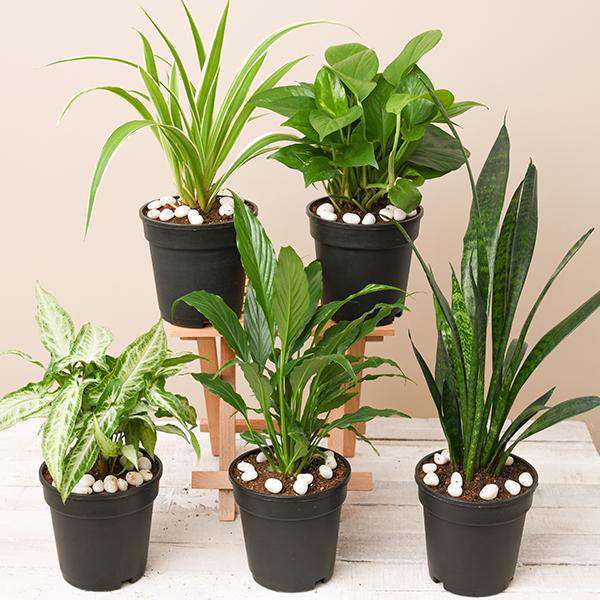Orange flowering plants for full sun
If you're looking to add a burst of color to your sunny garden, consider planting orange flowering plants that can tolerate full sun. In this article, we'll explore some of the best orange flowering plants for full sun.
Orange flowering plants for shade
If you have a shaded area in your garden, it can be challenging to find plants that will thrive. However, there are many orange flowering plants that will do well in shade, adding a pop of color to your garden. We'll explore some of the best orange flowering plants for shaded areas in this article.
Orange flowering plants for borders
Orange flowering plants can add a touch of warmth and vibrancy to your garden borders. From bold and bright to subtle and delicate, there's an orange flowering plant to suit every taste. We'll explore some of the best orange flowering plants for borders in this article.
Orange flowering plants for pots
Orange flowering plants in pots are a great option if you don't have a garden or want to add some color to your patio or balcony. They're easy to care for and can be moved around to suit your needs. We'll explore some of the best orange flowering plants for pots in this article.
Orange flowering plants for attracting bees
Bees are essential for pollinating plants, and orange flowering plants are a great way to attract them to your garden. We'll explore some of the best orange flowering plants for attracting bees in this article.
Orange flowering plants for attracting butterflies
Butterflies are a beautiful addition to any garden, and orange flowering plants are a great way to attract them. We'll explore some of the best orange flowering plants for attracting butterflies in this article.
Orange flowering plants for attracting hummingbirds
Hummingbirds are a joy to watch, and orange flowering plants are a great way to attract them to your garden. We'll explore some of the best orange flowering plants for attracting hummingbirds in this article.
Orange flowering plants for fragrance
Adding fragrance to your garden is a great way to enhance the overall experience. Orange flowering plants with a lovely scent are a must-have. We'll explore some of the best orange flowering plants for fragrance in this article.
Orange flowering plants for texture
Texture is an important element in any garden design. Orange flowering plants with interesting textures can add depth and dimension to your garden. We'll explore some of the best orange flowering plants for texture in this article.
Orange flowering plants for cut flowers
If you love having fresh flowers in your home, orange flowering plants that make great cut flowers are a must-have. We'll explore some of the best orange flowering plants for cut flowers in this article.
Orange flowering plants for rock gardens
If you have a rock garden, orange flowering plants are a great way to add interest and color. We'll explore some of the best orange flowering plants for rock gardens in this article.
Orange flowering plants for wildflower meadows
Wildflower meadows are a great way to add a natural feel to your garden, and orange flowering plants are a great addition. We'll explore some of the best orange flowering plants for wildflower meadows in this article.
Orange flowering plants for attracting beneficial insects
Beneficial insects like ladybugs and lacewings are great for controlling garden pests, and orange flowering plants are a great way to attract them. We'll explore some of the best orange flowering plants for attracting beneficial insects in this article.
Orange flowering plants for ground covers
Ground covers are an excellent way to fill in gaps and provide a uniform look to your garden. Orange flowering ground covers can add a pop of color and interest. We'll explore some of the best orange flowering plants for ground covers in this article.
Orange flowering plants for hedge
Hedges are a great way to create privacy and define boundaries in your garden. Orange flowering hedge plants can add a touch of warmth and beauty to your garden while still serving their purpose. We'll explore some of the best orange flowering plants for hedges in this article.
Orange flowering plants for low maintenance gardens
If you're looking for low maintenance orange flowering plants, there are many options to choose from. We'll explore some of the best low maintenance orange flowering plants in this article.
Orange flowering plants for vertical gardening
Vertical gardening is a great way to maximize space in small gardens, and orange flowering plants can add a splash of color to your vertical garden. We'll explore some of the best orange flowering plants for vertical gardening in this article.
Orange flowering plants for cottage gardens
Cottage gardens are known for their charm and romantic feel, and orange flowering plants are a perfect fit. We'll explore some of the best orange flowering plants for cottage gardens in this article.
Orange flowering plants for drought-tolerant gardens
If you live in an area with low rainfall or want to conserve water, orange flowering plants that are drought-tolerant are a great option. We'll explore some of the best orange flowering plants for drought-tolerant gardens in this article.
Orange flowering plants for winter gardens
Even in the winter, your garden can have a splash of color with orange flowering plants that bloom in the colder months. We'll explore some of the best orange flowering plants for winter gardens in this article.





